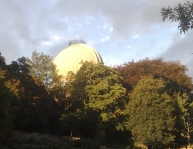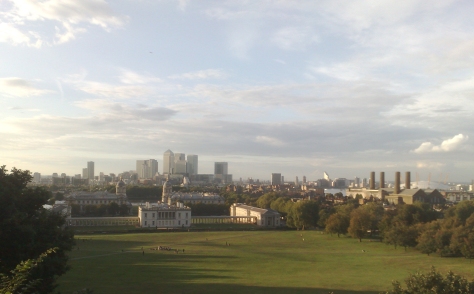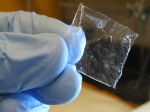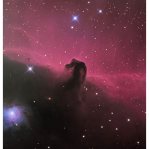When I was young it was my dream to meet aliens. In fact, the idea of being abducted by aliens and taken off round the galaxy was the root for the Johnny Mackintosh stories. But I also had this idea that ET would be as lovely and friendly as in the Spielberg movie of the same name. One of my favourite photographs at the Astronomy Photographer of the Year Awards earlier this week was hi hello by American Ben Canales. It’s a beautiful image that perfectly captures the longing not to be alone in the Universe – the aching to make contact.

The probability is that any aliens we encounter are likely to be vastly superior to us in every way. Even relatively tiny differences in abilities have led to the most dramatic consequences here on Earth. Look at the way the “old world” of Europe quickly dominated and devastated the cultures of the “new world” of the Americas. Or how with a relatively very small difference in brain power compared with our chimpanzee cousins, we dominate the planet while they pick fleas off each other (and we never invite them round for tea).
Of course aliens may not intentionally wish to destroy us, but just going about their business could have terrible consequences that they might not even realize, as we’d likely be so very alien to them. However, if some warlike ones came calling, I couldn’t help thinking it might look something like this submission from David Kingham:

This brilliant image of the Perseid meteor shower (combining 23 separate exposures) looks like an alien missile bombardment.
If you saw the wonderful Visions of the Universe down the hill at the National Maritime Museum, that used many photographs from the first four years of the Astronomy Photographer of the Year competition. “Visions” has just finished, but now you can see the brilliant new APotY exhibition (though without a glass of champagne in hand) at the Royal Observatory until 23rd February 2014.
Should we attempt to communicate with ET? Various attempts have been made over the years, from sending radio telecrope messages to specially targeted star systems and the plaque on the side of the Voyager space probes. But really these are irrelevant and the point is moot. For over a century, Earth has been lit up in the cosmic firmament, like a beacon or lighthouse, brightly beaming our radio and then television programmes into space. Are they a warning or an invitation? When aliens watch Independence Day or Star Wars, or the latest episodes of The Simpsons, what do they think? Are they eagerly awaiting the next instalment of Monty Python’s Flying Circus?
The overall winner of the competition was this Guiding Light to the Stars by Mark Gee. It’s a southern hempisphere Milky Way anchored by a lighthouse on the right-hand side, leading all the way to the Magellanic Clouds:

In the northern hemisphere we can see the Andromeda galaxy, the Milky Way’s twin, but south of the equator are these two smaller galaxies (upper left), probably satellites, possibly just hurtling by. While the distances between stars compared with their sizes are unimaginably vast, the relative distances between galaxies, certainly within our “local” group, are comparatively small.
If aliens came calling to take me I’d still go with them in a heartbeat, whether that was just around the Milky Way, or a little farther afield.






